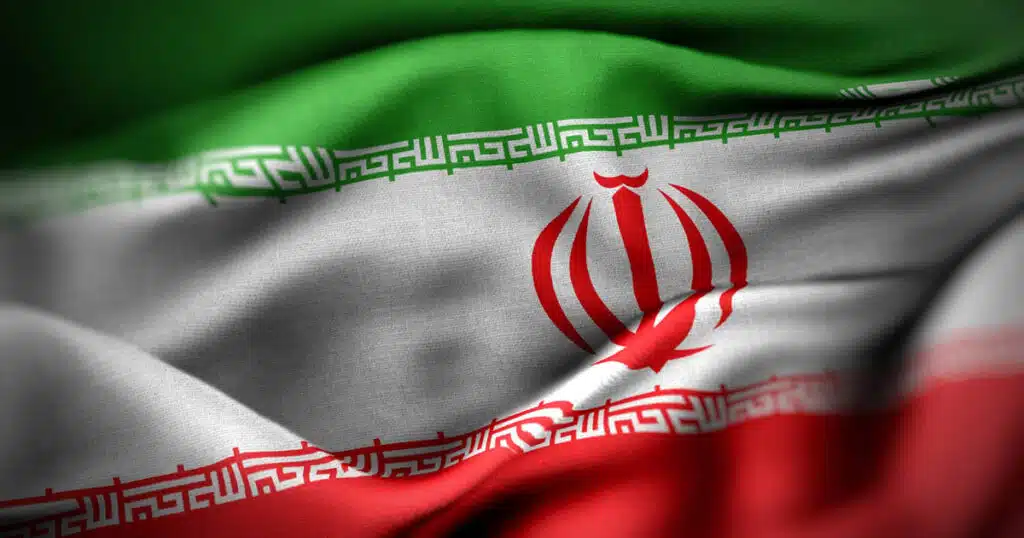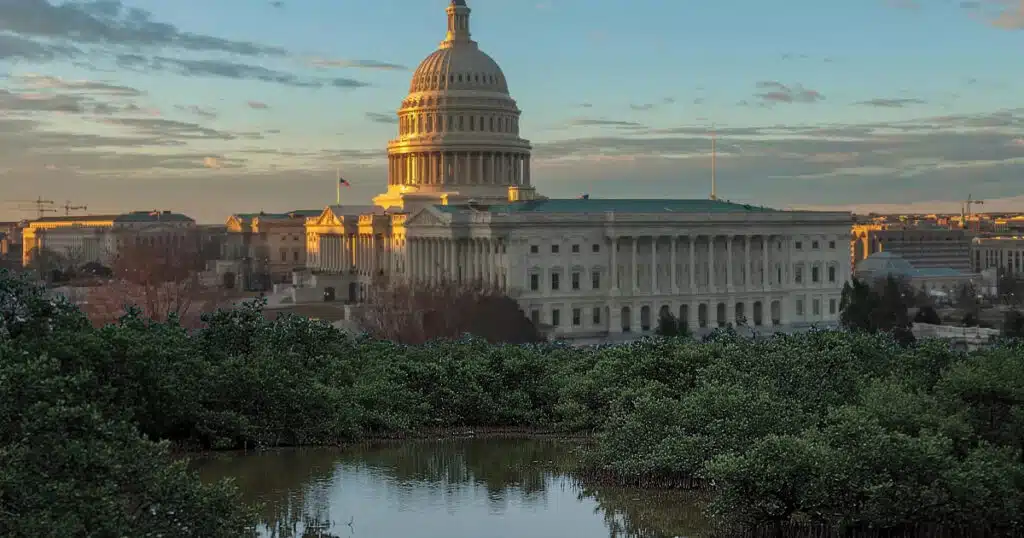
Fragmented Power in Tehran
Iran’s Internal Conflicts Signal an Approaching Collapse
The Islamic Republic of Iran has long cultivated the image of an ideologically unified and stable regime. Yet beneath this curated facade lies a brittle and fragmented power structure, increasingly marked by infighting, declining legitimacy, and a deepening disconnect with the Iranian people. According to Dr. Mehdi Motaharnia, a leading political scientist and futurist at Tehran University, the Islamic Republic has entered a critical phase of systemic erosion—one that mirrors, in key ways, the Soviet Union’s final years.
This internal disarray is not merely a domestic concern. The fraying of Iran’s regime apparatus has significant implications for regional security, global nonproliferation goals, and the long-term struggle for democracy in the Middle East. A close look at the rivalries among Iran’s principal power centers reveals a regime at war with itself.
Competing Power Centers: A System Under Stress
Motaharnia identifies four dominant factions within Iran’s governing structure:
- The Islamic Revolutionary Guard Corps (IRGC)
- The Supreme Leader’s Office (Beyt-e Rahbari)
- Intelligence and Security Agencies (including the Ministry of Intelligence and IRGC Intelligence Organization)
- The Traditional Shi’a Clerical Establishment
Far from functioning in harmony, these institutions are increasingly engaged in zero-sum struggles for influence, legitimacy, and access to the regime’s remaining economic spoils.
IRGC vs. Traditional Clergy: Militarism Supplants Theology
Originally created to safeguard the 1979 Islamic Revolution, the IRGC has since metastasized into a transnational security empire—controlling vast portions of Iran’s economy, media, and foreign policy. Its growing dominance has come at the expense of the traditional Shi’a clerical class based in Qom, whose authority is rooted in religious jurisprudence rather than armed force.
“The IRGC’s ascendancy signals the displacement of jurisprudential authority by military and security logic,” warns Motaharnia. This militarization of governance has alienated a significant segment of Iran’s religious establishment, who increasingly view the regime as morally bankrupt and theologically illegitimate.
IRGC vs. Intelligence Institutions: A Rivalry of Shadows
Another major fault line runs between the IRGC’s Intelligence Organization and the Ministry of Intelligence (MOIS). Though both are charged with regime preservation, their competition over surveillance control, narrative dominance, and suppression of dissent has created what Motaharnia describes as “a parallel security state.” Each monitors not only the public but also each other, fostering a climate of mutual suspicion and administrative paralysis.
Supreme Leader’s Office: Absolute Power Breeds Isolation
The Supreme Leader’s Office, or Beyt-e Rahbari, remains the regime’s central command node. But its increasing insularity—relying on a narrow circle of loyalist advisors—has sparked friction with both the IRGC and the intelligence community, who seek greater autonomy and a larger role in shaping policy. This growing centralization has also further marginalized civilian and clerical voices, deepening internal alienation within the regime’s original support base.
The Clergy vs. The Islamic Republic: A Crisis of Faith
Perhaps the most telling sign of internal decay is the visible disillusionment among senior Shi’a clerics. From Qom to Najaf, prominent theologians have condemned the regime’s systemic corruption, repression, and deviation from Islamic ethics. “The Islamic Republic no longer represents the aspirations of the traditional clerical class. Its ideological roots are drying up,” says Motaharnia. This theological disavowal undermines the regime’s claim to divine legitimacy—a cornerstone of its rule.
Systemic Collapse on the Horizon?
Iran’s internal contradictions—heightened by crushing economic sanctions, environmental catastrophe, youth disaffection, mass protests, and global isolation—suggest a convergence of crises eerily similar to those that hastened the collapse of the Soviet Union. However, Iran’s predicament may be even more severe. While the USSR had a technocratic bureaucracy capable of reform, Iran’s leadership is ideologically rigid, socially repressive, and increasingly dependent on coercion rather than consent.
The regime faces multifaceted crises:
- An emboldened anti-Islamist youth generation rejecting theocratic rule
- Nationwide labor strikes and economic discontent driven by hyperinflation and shortages
- An environmental emergency, including water scarcity and air pollution, exacerbated by regime mismanagement
- Growing backlash against forced hijab laws, with women leading a grassroots revolt for dignity and freedom
- A foreign policy defined by confrontation, from its nuclear escalation to proxy conflicts in Lebanon, Iraq, Syria, and Yemen
Iran is not a stable status quo power—it is a fragile, expansionist regime whose implosion could create both peril and opportunity.
U.S. and allied policymakers should prioritize strategic analysis and contingency planning for various post–Islamic Republic scenarios, including potential transitions driven by internal collapse, popular uprising, or elite fragmentation. The Islamic Republic of Iran is not on a stable trajectory. Its internal power struggles, loss of legitimacy, and alienation from its people suggest a regime in terminal decline. As the Iranian people push forward in their quest for freedom and self-determination, the international community must stand ready—not only to pressure a collapsing regime but to empower those building a democratic future.
Dr. Fariba Parsa holds a Ph.D. in social science, specializing in Iranian politics with a focus on political Islam, democracy, and human rights. She is the author of Fighting for Change in Iran: The Women, Life, Freedom Philosophy against Political Islam. Dr. Parsa is also the founder and president of Women’s E-Learning in Leadership (WELL), a nonprofit organization dedicated to empowering women in Iran and Afghanistan through online leadership education and training.
This article was originally published by RealClearDefense and made available via RealClearWire.



